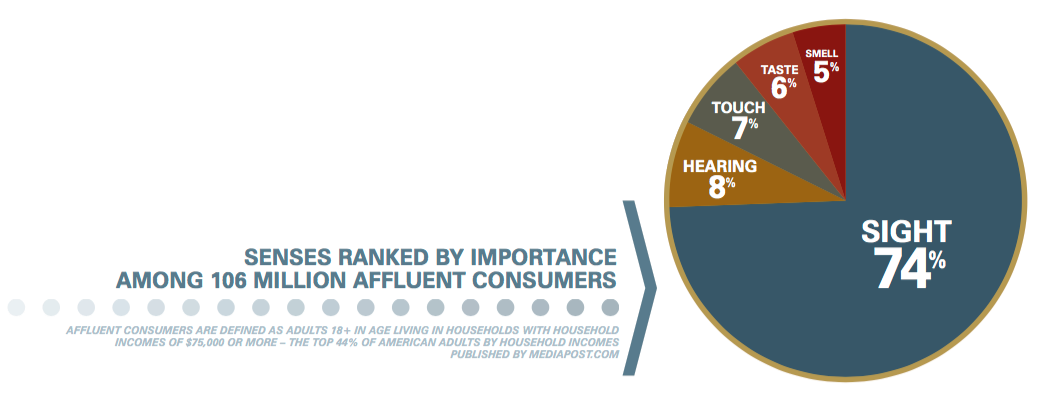

When was the last time you thought about packaging from a consumer’s perspective? Almost everything we buy, from a simple bag of flour to the box your cell phone came in, is branded in print. We may not realize it, but the brands we purchase have a great deal to do with the print packaging it is wrapped in.
Scientists are still trying to unlock the mystery of the human brain. According to the Society of Neuroscience, the brain not only controls the entire nervous system, our health, and body, but it “shapes our thoughts, beliefs, hopes, dreams, and imaginations” as well. When it comes to print, what we see and what we feel creates experiences that directly affect the brain. It is these brain experiences that often becomes the basis of the consumer‘s buying decisions. How exactly does print affect the brain?
THROUGH TOUCH
The same can be said for touch. Is the printed piece smooth or soft? Who is your audience? What is your product? All these things work together to create the ultimate experience in the mind of the consumer. Similarly, a study released by Sappi North America refers to touch as being an extension of the brain. Creating textured surfaces on your printed piece creates the multi-sensory experience that consumers crave. It could be the one thing that sets your product apart from the rest.

THROUGH SIGHT
There are many ways that print provokes emotions in people. Visually speaking, print design can tell a story, likely through imagery, which resurfaces memories or connections in the brain that are close to heart. A cozy log cabin on the front of a maple syrup bottle, for example, provokes feelings of comfort. Adding touch enhancements and smell can increase stimulation to the senses by 85%.
Color, too, has an important relationship with how a consumer perceives a given product. Colors evoke emotional responses. If you were to package a peaceful Zen garden in bright red, it might dispel potential customers as red is closely associated with passion. Whereas, blue and green packaging of that same Zen garden might create more successful marketing and promote feelings of tranquility. When the emotional centers of our brain are stimulated, it evokes feelings of pleasure or pain. As a result, people will subconsciously perceive a print product as being a positive or negative experience and ultimately it is that experience that will affect their buying behaviors the most.

THROUGH SHAPE & AESTHETICS
Shape and size also play significant roles in what consumers assume about a printed product. Slimmer packaging, for example, can be perceived as healthier or more elegant, while larger packages might make consumers feel as though they’re getting a better deal. Choosing the right shape for your product is another method of brand messaging. Slimmer cans for pop can imply an air of healthiness. What message do you want to send to your consumer? Creating innovative printed pieces or packaging is more important now than ever. With the advanced technologies at Knight Printing and breakthroughs in printing, it is now possible for us to increase your marketing success. Touch—it’s one of the five senses that dictates how we perceive the world around us. It’s also one of the most important. Sap’s groundbreaking book, written in collaboration with Lana Rigsby of Rigsby Hull and renowned neuroscientist Dr. David Eagleman, dives deeper into haptic, the science of touch. It explores why touch is such a crucial part of the sensory experience and how it influences emotion and decision-making, establishing this sense as 7% critical to any brand experience.
Knight Printing has been producing the highest quality printing in the region for nearly 130 years. We have the expertise and knowledge to bring your business and brand to life. If you want to leave a lasting impression with your customers, our team can guide you in new and exciting ways. Learn more about Knight Printing at knightprinting.com

